 |
Ricoh has announced it’s spinning off its 360-degree camera division into a new startup called Vecnos and simultaneously releasing the first product from the Ricoh-backed venture.
The Vecnos venture started back in 2018 when Ricoh decided, as part of its new business development initiatives, to create a team tasked with creating ‘specialized cameras for a new generation of consumers.’ This new team, led by Shu Ubukata (now Vecnos’ CEO), proved entrepreneurial enough to Ricoh that it decided to turn it into a separate startup, with Ricoh as the investor.
 |
There’s not much information about Vecnos, aside from a bare Twitter account, but to drum up some interest, Vecnos has announced its first product, a 360-degree ultra-compact camera that’s designed to ‘reinvent the selfie for social media natives.’
Specifications are scarce for the prototype camera, but Vecnos does say it will feature a proprietary four-lens optical system with a single lens on the top and three lenses around the perimeter of the wand-like device. Vecnos says the camera will work with an upcoming mobile app that will allow users to ‘users can easily enhance and share their images and videos on social media platforms.’
 |
Based on the above promotional video, the camera appears to function almost identical to the Ricoh Theta cameras, with the ability to capture 360-degree photos and video and recompose the content as you see fit using the accompanying mobile app. The device itself features a power button, a shutter button, a dedicated button for switching between still and video mode and a what appears to be a pair of holes for an internal stereo microphone.
No pricing information has been shared, but Vecnos says the camera will be available in 2020.
Ricoh spins out Vecnos to focus on consumer 360-degree camera segment
First product aims to reinvent the selfie for social media natives
MARCH 10, 2020, YOKOHAMA, Japan – Vecnos Inc., the visual revolution company, today unveiled its vision to be a leader in the consumer 360-degree camera market and announced its first product, an ultra-compact camera that aims to reinvent the selfie for social media natives. Vecnos is a new startup venture spun out of and funded by Ricoh Company, Ltd.
Vecnos was founded by the core team that designed and launched the pioneering Ricoh Theta 360 camera in 2013. At Vecnos, the team—led by CEO Shu Ubukata—will leverage its expertise in optical and artificial intelligence (AI) technologies to develop new approaches to 360-degree and other specialized cameras, software and apps with a goal of making advanced imaging accessible to and enjoyable for broad consumer audiences.
“Enabled by advances in technology, combined with new social networking platforms, we are building a new generation of cameras, with our first product designed to reinvent the selfie and be used by a younger consumer,” explained Ubukata. “Our objectives are to combine ease of use with advanced capabilities for shooting, enhancing and sharing images, in beautiful and elegantly designed products that people will want to use. We aim to inspire a new generation.”
Vecnos’ first product will be a 360-degree camera that achieves new levels of miniaturization in a sleek and sophisticated design. A proprietary four-lens optical system, with three lenses on the side, and one on the top, enables the camera to be ultra-slim and pen-shaped. Using the Vecnos app, users can easily enhance and share their images and videos on social media platforms. The 360-degree camera and app will be available in 2020.
Emerging from Ricoh’s new business development initiatives, Vecnos was founded on the principles of open innovation and leveraging third-party knowledge, said Ricoh Company, Ltd. President and CEO Yoshinori “Jake” Yamashita. He explained: “Ricoh has always been committed to supporting innovation in visual communications. As part of our new business development initiatives, a team led by Shu Ubukata was formed in 2018 to create specialized cameras for a new generation of consumers. Ultimately, we all realized that it made sense for this highly entrepreneurial team to be spun out into its own venture. And with that, Vecnos was born. Ricoh is proud to be the lead investor in a young company with a Ricoh pedigree and a vision to build revolutionary products.”
Articles: Digital Photography Review (dpreview.com)








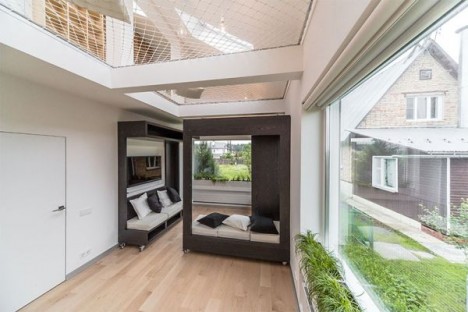
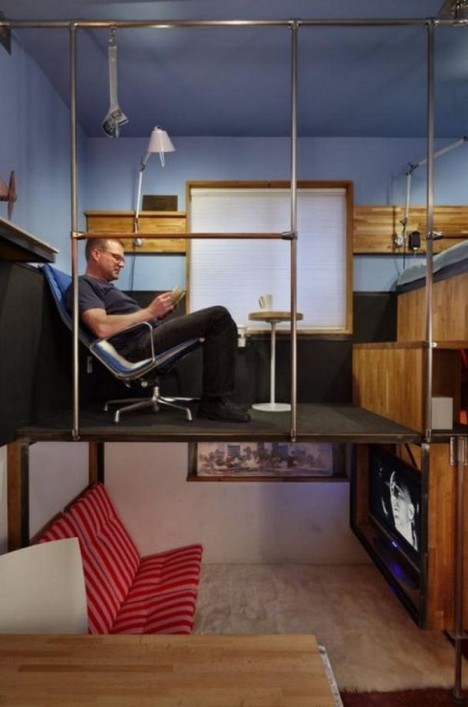
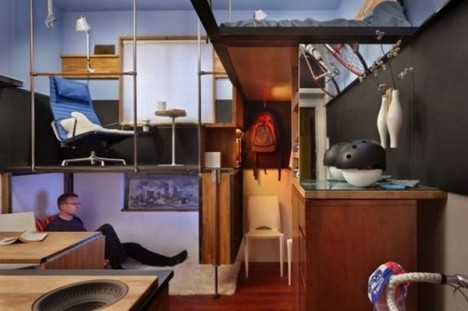

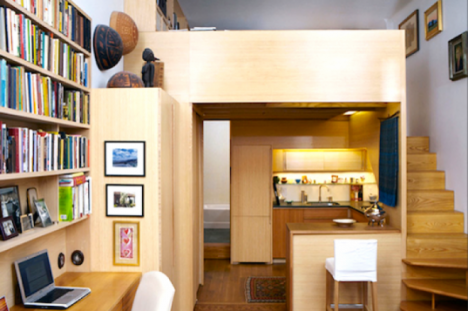
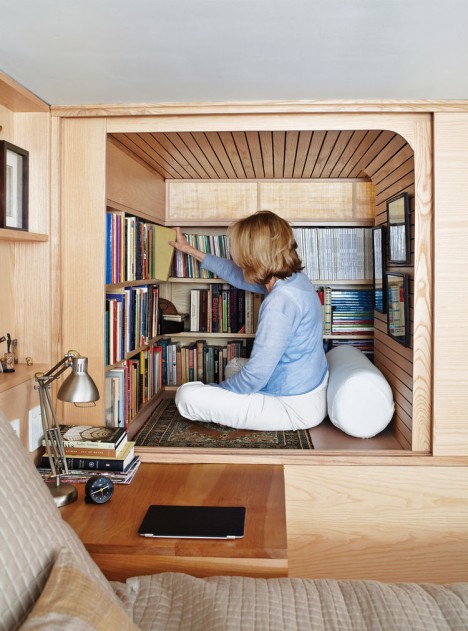


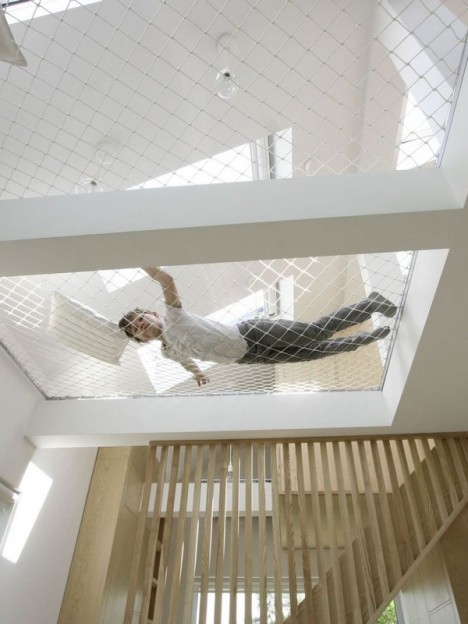
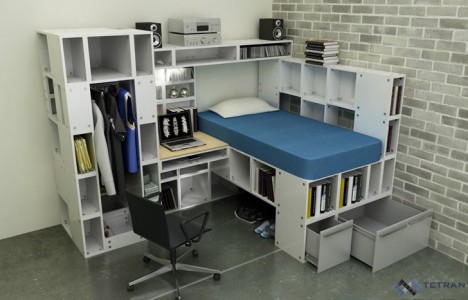
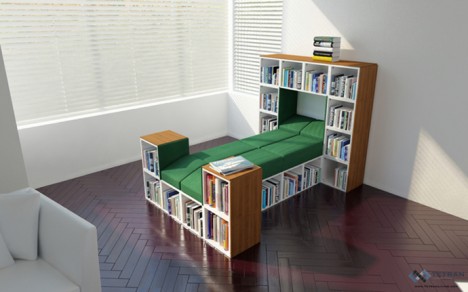

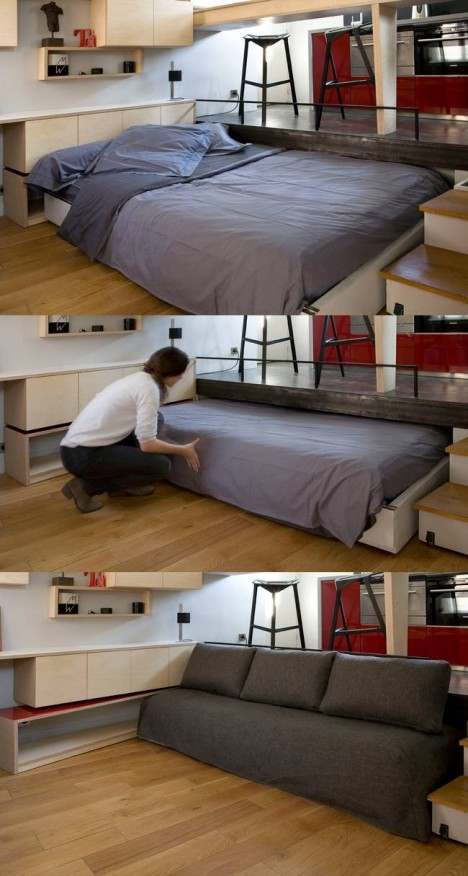

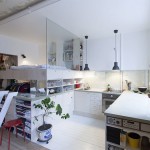
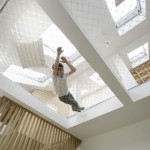




You must be logged in to post a comment.